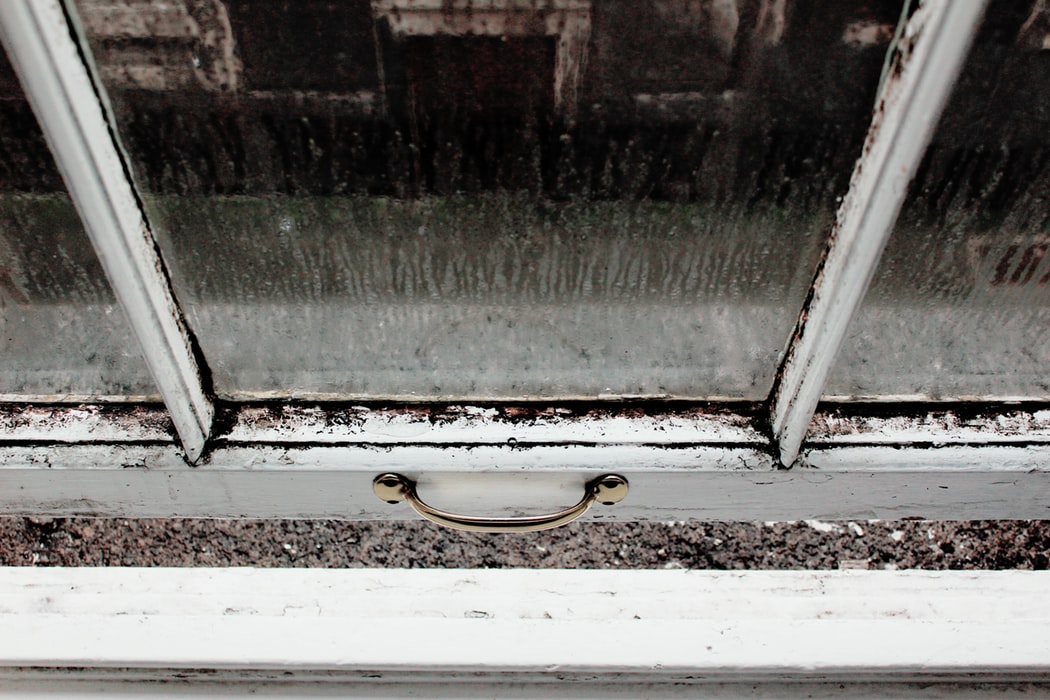
Effects of Damp and Mould on Health
When we think of mould, we more than likely think of damp walls, the fluff on old butter, or the black fur that encases our windowsills. All are inconvenient and unsightly, but did you know they can also be dangerous to your health?
In this blog we will discuss some of the ways in which damp and mould can affect our health, so you can stay aware and protected!
Why is Mould Bad for Our Health?
Mould is essentially a naturally occurring organism, fungus or cluster of spores. These spores we already breathe in, in our daily life, but they only become an issue when they stick together, and we breathe in large amounts. This creates a plethora of issues in our health.
Breathing in mould spores can spark all sorts of allergens, respiratory problems, or asthma. Mould can also really affect the immune system, especially a pre weakened one.
Who Can Mould Affect?
Mould can affect everyone, but there are categories that are more susceptible to developing health issues over others.
Children and babies, the elderly, people with some kinds of skin conditions such as eczema; Those with pre-existing respiratory problems such as asthma or any kind of allergies and those who have a weakened immune system from illness, or treatment such as chemotherapy are all susceptible to the health problems that mould can bring. It’s important for them to be aware of the consequences and to be living in a clean, mould free space.

How Does Mould Affect us?
Mould spores that are breathed in can often cause problems within the lungs, and the upper senses such as itchy eyes and a runny nose. This happens because spores attach themselves to the respiratory system, which causes breathing problems.
If you touch mould, that is more likely to cause a contact reaction such as a skin flair up or rash.
If you’re really unfortunate, breathing in mould can also cause asthma attacks, so it’s always best to be prepared in case this situation arises.
What Causes Mould?
Mould is most commonly caused by having the perfect breeding ground to grow and spread. These ideal environments are usually damp, wet and poorly ventilated areas. Mould proceeds to reproduce and while they do have ideal conditions to spread, mould is present almost everywhere! It can be found on fabrics, furniture, all surfaces, carpets, timber, paper… you name it!

How to Keep Healthy
To avoid the issues that mould can bring to your health, it is important to keep your space well ventilated, clean and dry. Repair any kind of damp issues that you may have within your walls, pipes or ceiling and dry wipe surfaces frequently to keep any mildew or condensation down. Keeping the heating on will help keep rooms dry, but make sure you open windows to let any excess vapour escape.
If a mould situation is really bad, please seek a professional for guidance and possible expert removal as mould does omit toxins and irritants. If there are large areas of mould, then a professional will be covered from head to toe to keep their respiratory system clean and their skin safe.
For any other advice on how to remove mould or prevent it, please have a read through our blogs How to Permanently Remove Mould on Walls, Where You Can Use Anti Mould Paint, and What is Rising Damp and How Can You Treat it?, to keep yourself and your home happy and healthy!
